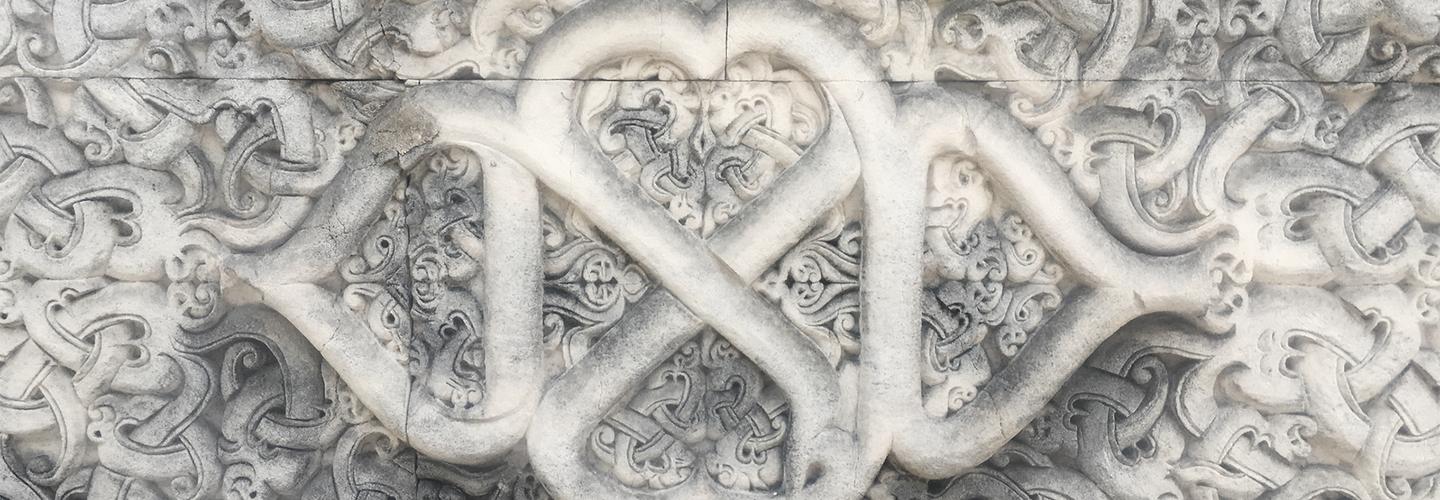Our name, Vilunü, is pronounced as "Vilu-noo". It is based on the Dhivehi (Maldivian language) word for the turquoise shade of blue colour found in lagoons. Our lagoons are named "Vilu" in our language, with the word "Vilu-Noo kula" standing for the blue colour of the lagoon (Radheef.mv, 2020). We chose this name to build a brand that would resonate with Maldivians, and when said out loud, bring back a memory of sparkling clear waters that we have experienced at some point in our life.

When we mapped out the concept and idea of our brand, we wanted to explore different ways in which the botanical heritage of our Maldivian islands could be redefined into being used in beauty, fragrance and wellness products. We set about to learn the origins of wellness and spa routines, so when we built the brand, one of the first things we researched on was the origin of spas and if they were at any point linked to Maldivian culture.
Where did Spa's and beauty regimens come from?
While there is no definitive origin of the word spa, one theory suggests that the word "Spa" forms a Latin acronym "Salus per aqua". This translates into the meaning "health from water". In Greece between, c636 and 546bc, therapeutic treatments were being used in these spas. One of which was Thalassotherapy, a saltwater based bathing treatment consistently used for hygienic and cosmetic purposes and therapeutic healing. (The History of Spas and Treatment, Spa Junction. 2018)

The spa culture is now found globally from the Japanese Ryokan to the Turkish and Ottoman Hammam and to Finland, where it is known as Saunas. So did these Spa's reach the Maldives?
Links to Maldivian
While we could not find any definitive link, when compared with the Greek baths, the Maldivian equivalent could be the stone baths dotted across the atolls of the country. We found images of some of these baths on the island of Fuvahmulah.

Referred to locally as "Vevu", there are currently some remains of a few vevu to be found in Fuvahmulah. According to locals, such vevu were used as ancient baths, and were later used for ablutions.
With Spa's links to saltwater and it's therapeutic treatments, we used elements from the baths and saltwater, as the base concept for our branding. With Maldivians having a history of stone carving, we looked for unique usage of stone, that could be brought forth into a branding. The most suitable idea was the stone carvings on our mosques and tombstones.
A Symbol in Stone
We soon noticed that these carvings each had a unique feature. While we couldn't translate them at the time, we noticed that all of the Sultans tombstones had a different engraved seal on each, with a consistent base shape. This same shape appears on other architectural monuments in the country.

Inspired by this, we used the fundamental shape of this symbol to construct our logo. The base of Vilunü's logo is an ode to what seems to be some of the earliest forms of branding in Maldivian history.
Our logo has dots representing salt crystals, as a nod to saltwater origins of our name. The curved shapes, the edges and the two sets of leaves inside the logo, all signify the brand's mission of redefining the botanical heritage of Maldives.


Scents of Maldives
At the heart of our brand is a mission to change how you remember Maldives. From our name to our scents, we create a sensory experience rooted in Maldivian nostalgia. Drawing inspiration from our surroundings and flora, paired with the nostalgia of slow island life, we create Scents of Maldives that are inspired by the memories of our childhood homes and island visits.
We hope that the scents we create resonate with you and your experiences of our islands. You can read a bit more about each scent over here.
